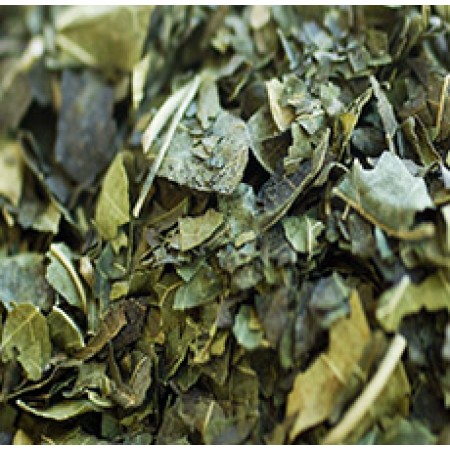MULBERRY LEAVES CUT & SIFTED
Product Name: MULBERRY LEAVES CUT & SIFTED
Botanic Name: Morinda Citrifolia
Morinda citrifolia, commonly known as great morinda, Indian mulberry, Nunaakai (Tamil Nadu, India), Mengkudu (Malaysia), beach mulberry, Tahitian noni, cheese fruit[1] or noni (from Hawaiian) is a tree in the coffee family, Rubiaceae. Morinda citrifolia is native to Southeast Asia but has been extensively spread throughout the Indian subcontinent, Pacific islands, French Polynesia, Costa Rica, Puerto Rico and recently the Dominican Republic. Tahiti remains the most prominent growing location. Noni was explored unsuccessfully by medical researchers for possible use in treating cancer.[8] In Hawaii, ripe fruits were once applied to draw out pus from an infected boil. Although unsupported by science, the green fruit, leaves and the root/rhizome were traditionally used to treat menstrual cramps, bowel irregularities and urinary tract infections. The bark of the great morinda produces a brownish-purplish dye for batik making; on the Indonesian island of Java, the trees are cultivated for this purpose. In Hawaii, yellowish dye is extracted from its root in order to dye cloth. There have been recent applications for the use of oil from noni seeds. Noni seed oil is abundant in linoleic acid that may have useful properties when applied topically on skin, e.g., anti-inflammation, acne reduction, moisture retention. In Surinam and some other countries, the tree serves as a wind-break, as support for vines and as shade for coffee trees.









